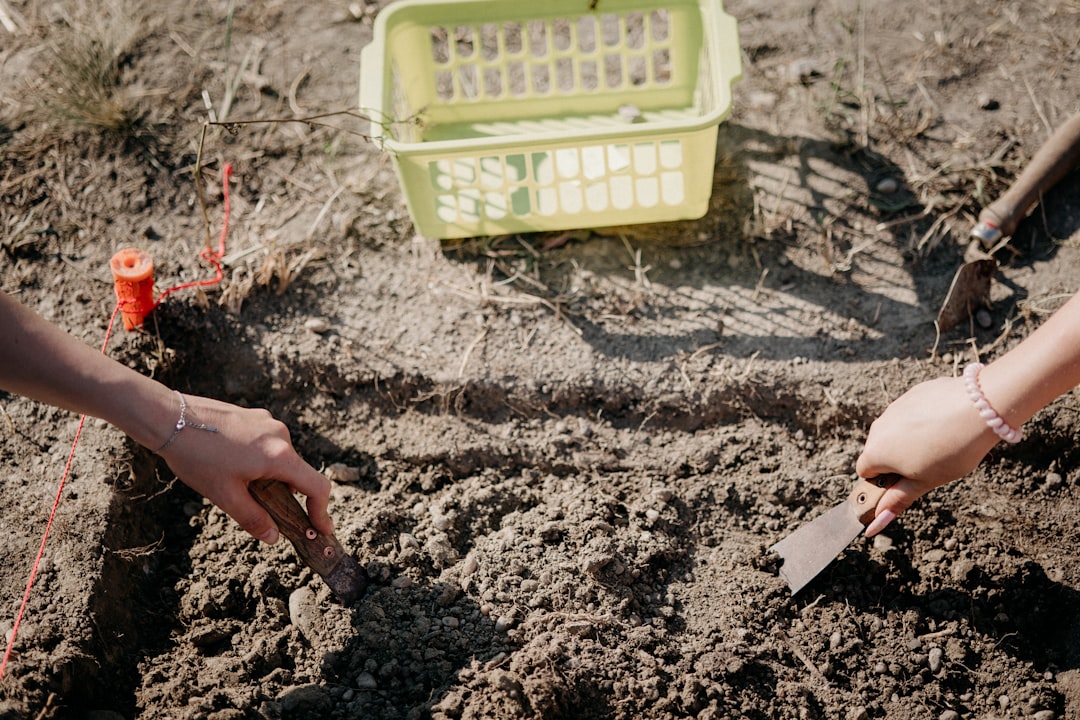Planting vegetables is both an art and a science. To achieve a bountiful harvest, it’s crucial to understand how spacing, depth, and timing work together to create healthy, productive plants. Neglecting these factors can lead to overcrowded plants, poor root development, or untimely crops that struggle to grow. In this guide, we’ll explore the key principles of planting vegetables correctly so you can set your garden up for success.
1. Spacing: Giving Your Plants Room to Thrive
Proper spacing is essential to ensure your vegetables have enough room to grow without competing for nutrients, sunlight, and water.
Why Spacing Matters
-
Air Circulation: Well-spaced plants reduce the risk of fungal diseases by promoting airflow.
-
Root Development: Crowded roots can stunt growth and lower yields.
-
Access to Sunlight: Overlapping leaves may block sunlight, reducing photosynthesis.
Tips for Proper Spacing
-
Follow Seed Packet Instructions: Seed packets typically provide ideal spacing guidelines for each crop.
-
Use a Planting Grid: A planting grid or template can help ensure consistent spacing in rows or beds.
-
Account for Mature Size: Research the mature size of each plant to determine how much space it will need.
Examples of Common Vegetable Spacing
-
Tomatoes: 18–24 inches apart.
-
Carrots: 2–3 inches apart in rows spaced 12 inches apart.
-
Lettuce: 10–12 inches apart.
2. Planting Depth: Setting the Stage for Healthy Roots
Planting depth refers to how deep seeds or transplants are placed in the soil. This factor directly impacts seed germination and root establishment.
Why Depth Matters
-
Too Shallow: Seeds may dry out or get washed away.
-
Too Deep: Seeds may not have enough energy to reach the surface.
General Rules for Planting Depth
-
Seed Depth: As a rule of thumb, plant seeds at a depth of 2–3 times their size. For instance, tiny seeds like lettuce should barely be covered, while larger seeds like beans can be planted an inch deep.
-
Transplant Depth: For most transplants, place them at the same depth they were in their container. However, certain plants, like tomatoes, benefit from being planted deeper to encourage additional root growth along the buried stem.
Examples of Seed Depth
-
Beans: 1 inch deep.
-
Carrots: ¼ inch deep.
-
Corn: 1–2 inches deep.
3. Timing: Planting at the Right Time of Year
Timing is one of the most critical factors in vegetable gardening. Plant too early, and frost may damage your plants; plant too late, and they may not have enough time to mature.
Factors That Influence Timing
-
Frost Dates: Check your local frost dates to determine when to plant warm- and cool-season crops.
-
Soil Temperature: Certain seeds won’t germinate unless the soil has reached a specific temperature. For example, cucumbers need soil temperatures above 60°F (15°C).
-
Day Length: Some vegetables, like onions, rely on the length of daylight to trigger growth stages.
Seasonal Planting Guide
-
Cool-Season Crops: Spinach, lettuce, peas, and broccoli thrive in early spring or fall.
-
Warm-Season Crops: Tomatoes, peppers, cucumbers, and melons need warm soil and are best planted after the last frost.
Pro Tip: Use succession planting to extend your harvest. For instance, plant a new batch of lettuce every two weeks to ensure a continuous supply.
Combining Spacing, Depth, and Timing for Success
To ensure your plants thrive, it’s important to think about spacing, depth, and timing as interconnected elements. For example:
-
Corn: Needs to be planted in blocks (not rows) to aid pollination, with seeds spaced 8–12 inches apart and planted 1–2 inches deep after the soil has warmed.
-
Carrots: Should be sown in well-loosened soil, spaced 2–3 inches apart, and planted ¼ inch deep during cool weather.
4. Tools and Techniques for Precision Planting
-
Seed Spacers and Dibbers: Handy tools to help you plant seeds at the correct depth and spacing.
-
Row Markers: Use string or stakes to mark straight planting rows.
-
Companion Planting: Pair compatible plants to maximize space and deter pests. For example, plant basil near tomatoes to save space and repel insects.
5. Monitor and Adjust as Needed
Even with the best planning, adjustments may be necessary. Keep an eye on your plants and thin seedlings if overcrowding occurs. Use mulch to retain soil moisture and protect against temperature fluctuations.
Final Thoughts
Planting vegetables correctly is a skill that improves with practice. By paying attention to spacing, depth, and timing, you’ll create the optimal conditions for healthy, productive plants. Whether you’re a beginner or an experienced gardener, these principles will guide you to a flourishing garden and a bountiful harvest.
Are you ready to put these tips into action? Share your favorite planting tips or ask questions in the comments below!

Comments
No comments yet. Be the first to comment!
You must be logged in to comment. Login